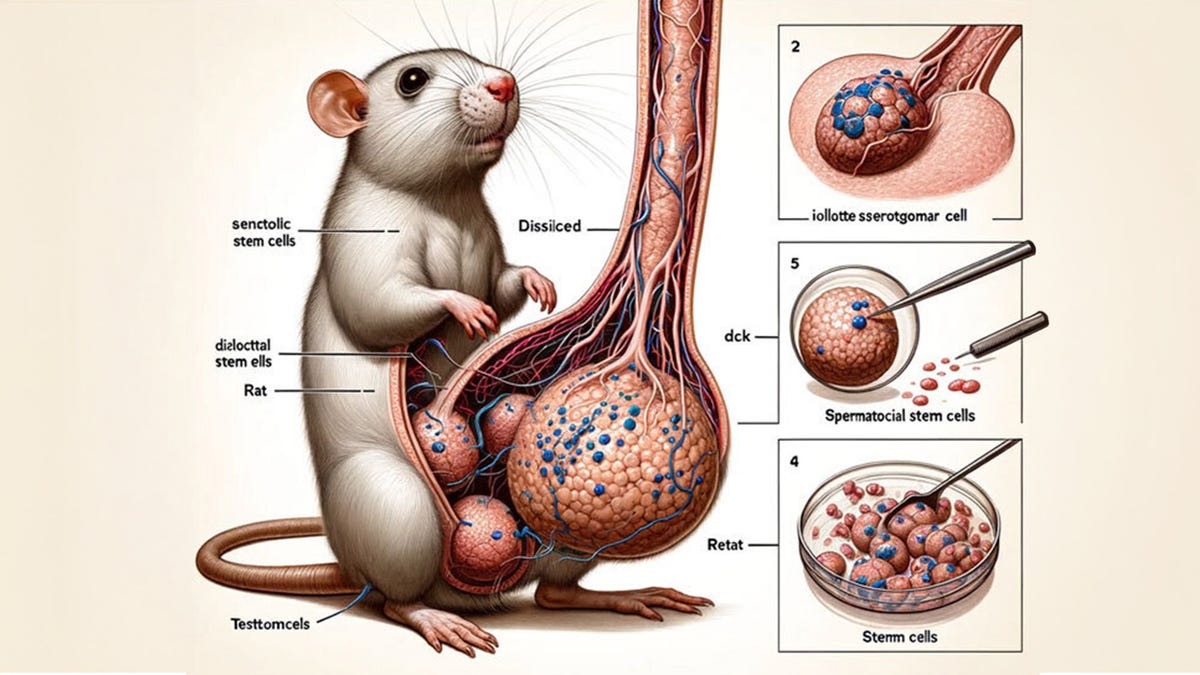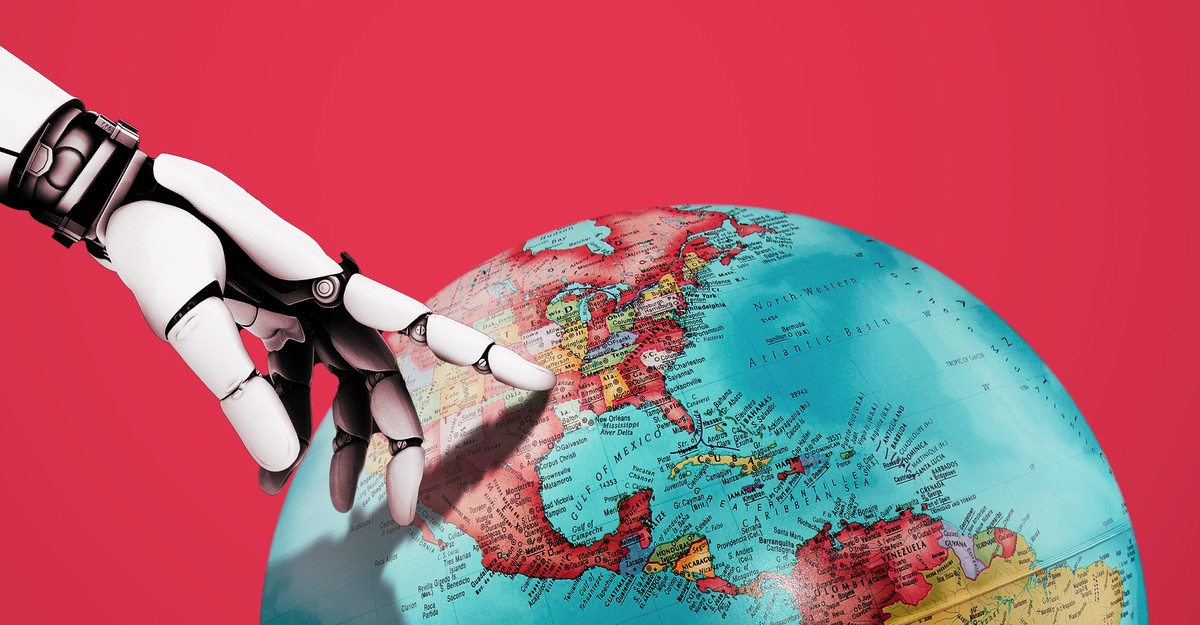This week, the scientific journal Frontiers in Cell and Developmental Biology released a study that showcased fabricated visuals produced using Midjourney, a popular AI image generator.
The research, available for public access, delves into the correlation between stem cells in mammalian testes and a signaling pathway crucial for managing inflammation and cancer in cells. While the written content of the paper remains credible, the attention-grabbing elements lie not within the research itself but rather in the erroneous and bizarre depictions of rat testes, signaling pathways, and stem cells.
One of the AI-generated illustrations portrays a rat, correctly labeled, with its upper body identified as “senctolic stem cells.” Interestingly, what seems to be a disproportionately large rat penis is labeled as “Dissilced,” accompanied by insets highlighting the “iollotte sserotgomar cell,” “dck,” and “Retat.” Quite perplexing.
The authors of the paper acknowledge that the images were created using Midjourney. However, Frontiers’ guidelines state that corrections can be made if there are errors in figures that do not impact the conclusions or if there are mislabeled figures, among other considerations. The AI-generated imagery appears to fall into these categories. Despite this, Dingjun Hao, a researcher from Xi’an Jiaotong University and one of the study’s co-authors, did not respond promptly to Gizmodo’s request for input.
The erroneous rat illustration stands out as glaringly inaccurate, even to those unfamiliar with dissecting rat anatomy. While other visuals in the paper may initially appear plausible to the untrained eye, a closer inspection reveals that the labels on each diagram are not entirely in English, a clear indicator of AI-generated text within the imagery.
Figure 2 in the paper attempts to depict the JAK-STAT signaling pathway. However, it may not be immediately recognizable as such. The article underwent editing by an expert in animal reproduction at the National Dairy Research Institute in India and was reviewed by researchers from Northwestern Medicine and the National Institute of Animal Nutrition and Physiology. The question remains: How did these unconventional images pass through the review process at Frontiers in Cell and Developmental Biology without immediate detection?
The rise of AI technology has led to inaccuracies in scientific imagery infiltrating publications and news pieces. While AI-generated images are visually appealing and easy to create, capturing the intricacies of scientific accuracy in a visual representation remains a challenge.
The study serves as a stark contrast to past instances of bogus papers, including whimsical titles like “What’s the Deal With Birds?” and the Star Trek-inspired piece “Rapid Genetic and Developmental Morphological Change Following Extreme Celerity.” While some papers that slip through peer review may evoke amusement, others signal a more concerning trend of “paper mills” producing research devoid of scientific value.
In this scenario, although the research itself may be sound, the inclusion of Midjourney-generated images casts doubt on the entire study. For the average reader, focusing on signaling pathways becomes challenging when they are preoccupied with counting the rat’s anatomical features.









